
Search engine optimization might be one of the most misunderstood concepts in marketing today.
The trouble, is that it also might be the most important.
A shocking 93% of online experiences start with search engines. People today start online before even thinking about stepping foot on your property.
The good news, is that if you understand the fundamentals of how search engines work, taking the next step to optimize your property website should be painless.
Let’s dive in!
Before jumping into the trends and tactics, it’s important to understand just how search engines work.
Search engines scan pages with little automated bots (or ‘spiders) to retrieve data, and index (or categorize) that information based on relevancy.
High rankings come from assessing popularity (what people think of this resource), authority (citations a website has relative to competition), and overall trustworthiness (qualitative factors of the site).
SEO then is simply a marketing strategy to increase the relevancy of your site for certain key topics, while also increasing the popularity, authority and trust that other people associate with it.
The process of search is driven by intent, which means someone (like a prospective renter) has a question (‘best neighborhoods in New York City’) or is looking for some information (‘affordable apartments in Austin’).
They enter a query into the search engine, and are returned results ranked by:
See? Easy stuff. No tricks or gimmicks.
When you cast aside all of the misconceptions and bring it back to the basics, it’s easy to understand how search works.
And once you understand that, it becomes easier to figure out how you can logically improve your property site to do a better job of attracting profitable renters.
Let’s now jump into the two main sections of SEO, to see what factors and tactics are essential:
Generally speaking, websites that have been around longer (with domains that have been registered for years) tend to be seen as more credibly and trustworthy.
There’s always exceptions to this rule, however it’s also much easier for older sites to naturally accumulate more citations (or ‘votes’) than new sites.
Domain names themselves can also affect SEO. For a long time, having an ‘exact match domain’ with keywords included help you rank. And while their influence is waning, a recent study by Backlinko still confirms that having keywords in the domain can help increase rankings for that term.
Domains can also impact you negatively, where using hyphens or uncommon top level domains (like .info, .me, . biz) can appear somewhat spammy.
Check out Moz’s SEO Best Practices for more information on how domains impact search.
It doesn’t really matter how many links your site has if people (and search engines) have trouble accessing information on it.
Technical issues and crawl errors, which include things like broken links or duplicate content, pop up naturally as websites are put together, or new content and pages are added over time.
The bad news is that most websites have these issues in one form or another. Yes, even yours.
But the good news is that they’re easy to spot and fix. Most popular SEO software will help you find exactly what’s happening. Basically they’ll scan your site exactly like search engine bots do, call attention to problem areas, and even help you figure out how to fix it.
For example, the software from Moz will regularly crawl your website, alerting you to issues that may have appeared recently (like within the last week), or showing your progress as you begin addressing or fixing each issue.
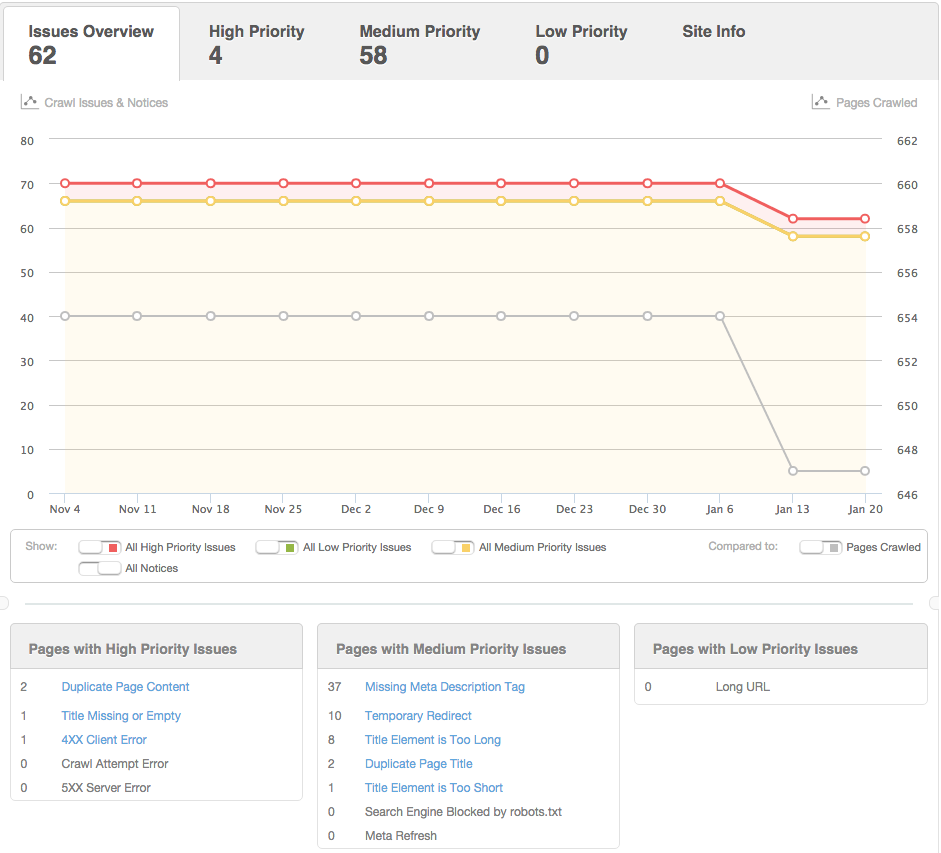
Another good SEO tool is Screaming Frog, which has the advantage of being free (yay!), however tends to be a little more technical so you might need someone who knows what they’re doing to decipher what it’s saying.
Website speed is no joke.
It has one of the biggest impacts on conversions. And it also greatly influences SEO, where some have noted huge drops in performance due to lag times of even half a second.
Prospective renters are even less forgiving, leaving your site if it doesn’t load under 3 seconds.
Site speed (and page loading times) mostly comes back to how the website is put together originally, where an emphasis on clean code (free of extraneous data) is a priority. From there, you can also compress site data and use caching to reduce server requests.
Again, a professional is probably needed here.
Schema markup is code that goes on your website to provide search engines with very specific and informative results for users.
Gives viewers a better understanding of what your site offers, and it makes your search results more appealing by showing off additional photos, ratings, and more by leveraging Google’s ‘Knowledge Graph’ (the information on the right hand side of a search engine result page).

Schema.org provides the markup language for developers, and you can also use Google’s Structured Data Markup Helper to get started as well.
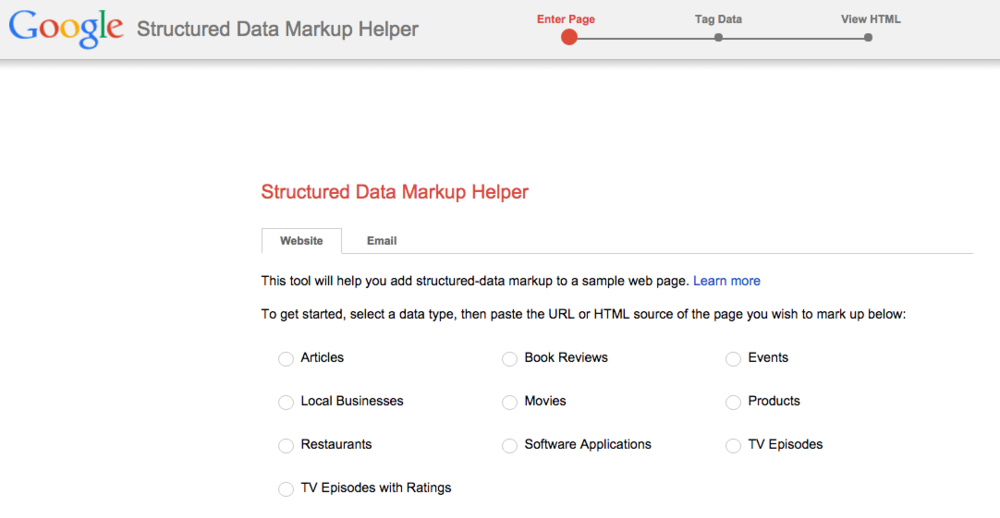
Quality content in the SEO world used to mean having all of the right keywords in all of the right places. But Search Engines are getting smarter every day: they now track how people search, what type of information is actually useful to them, and are beginning to make educated guesses at what they mean over what they type.
So what does “quality content” look like? Here's what it looks like according to Google:
When it comes to blog posts themselves, our advice is to make sure each piece of content is searchable (SEO), clickable (catchy title and relevant to what your targeted audience wants) and shareable (compelling enough for readers to share with others via social media) to get the most value out of them.
Start with CoSchedule’s Headline Analyzer to find the best titles that will tick all of those boxes.
There’s also two other concepts that are important to understand for ‘content quality’.
‘Evergreen’ content is timeless, valuable and high quality (to outlast the constant new articles being published). It also tends to be canonical, or definitive and in-depth.
While fresh content is updated regularly or recently, providing the latest information on topics of interest and letting both search engines and renters know that the information on this page is the latest up-to-date version of a page.
Keyword research isn’t as easy as picking the most popular query (‘Manhattan apartments’) related to your property.
Instead, it’s a delicate balancing act between volume (how many people are searching for this term), competition (how strong is the competition already ranking for this term), and intent (are these truly prospective renters or are they just random inquiries).
Typically, you’ll find success with some long-tail variation, which provides a sweet spot those three key criteria. These tend to be a little more specific (e.g. ‘Manhattan apartment amenities‘), making them a little less popular, but also easier to rank and matching you with the right audience (of people looking exactly for what you offer).
WordStream has a free tool to help you find ideas based on suggestions of queries.
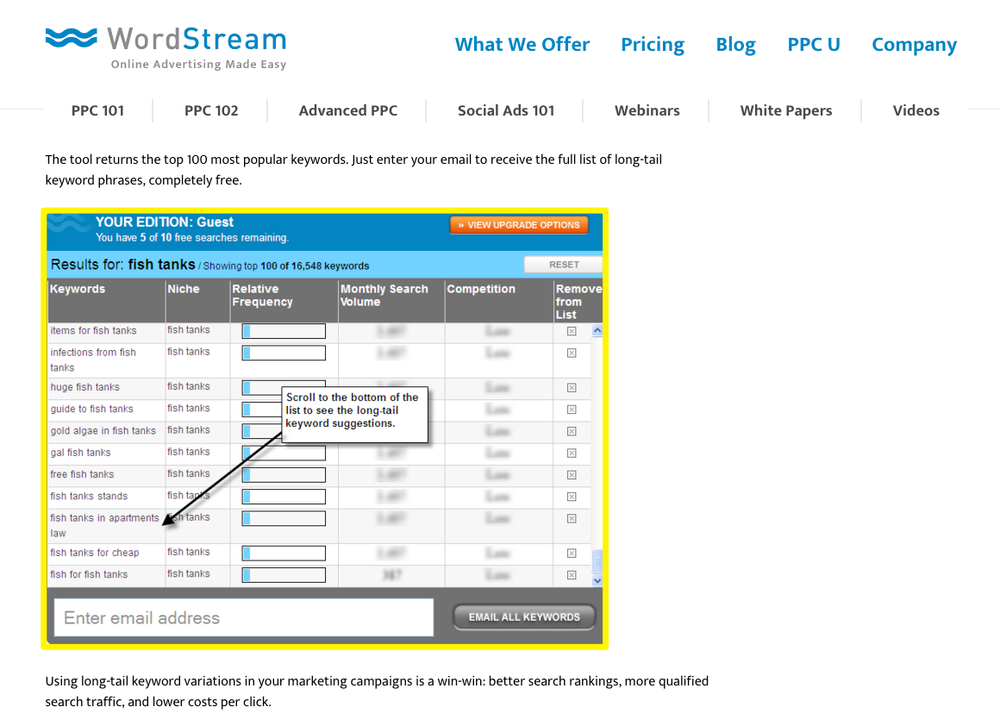
Metadata is simply information about information. These are the basics of ‘on-page optimization’, which means including those keyphrases and topics you’ve identified into important areas of the page.
For example, the headline (or title tag) is one of the key elements telling both users and search engines what this page is about. They should be within ~70 characters so they’re not truncated in search results, and should be enticing enough to draw attention (and clicks!).
The permalink – URL – does not have to match the headline to a ‘T’. A few shared keywords is sufficient.
The meta description is the text below your URL link on the SERP. It tells search engines and potential visitors what your page is about. Keep it brief and highlight a solution you offer. Make sure it is specific and accurate to your site.
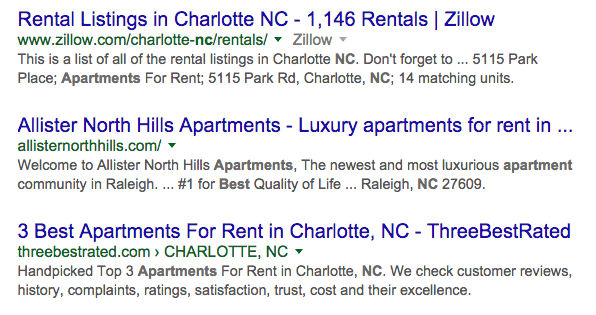
For the sake of your users first and foremost, and then for your SEO, your site must be focused on the user experience. This means that your site:
This is reflected in Google’s core principles or “Ten Things We Know to be True”. Number one? “Focus on the user and all else will follow.”
Google now incorporates website usage data as a ranking signal, which means they’re looking at how long renters are spending on your website, if they’re finding what they’re looking for, or if they’re bouncing immediately.
So not only does the content quality need to be high, but your design (the visual aesthetic) and the information architecture (or how information and pages on your site are linked) needs to be extremely user friendly.
The Site Analyzer can help you uncover potential issues with design, performance, and accessibility that are key to a good user experience.

Last year, Google had announced that as of April 2015 Search Engine page results would factor in whether or not your site was mobile friendly. And while it was truly no cause for panic, it does affect your mobile search engine results as well as how your desktop web pages rank.
Fortunately, Google provides a helpful tool that analyzes how mobile-friendly your site is, while offering suggestions if it isn’t.
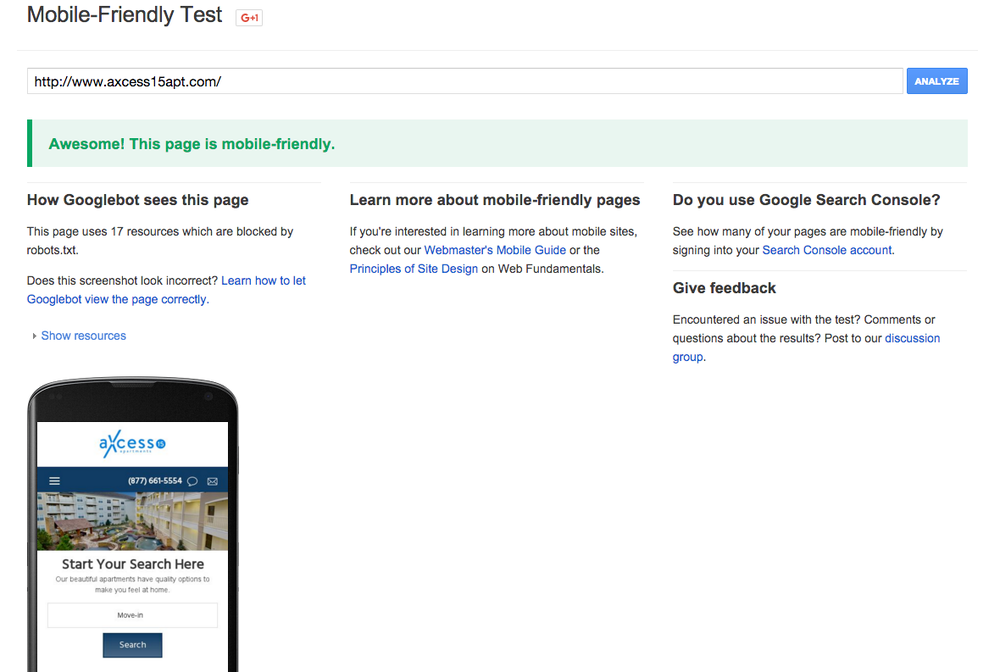
The ‘authority’ of a ‘trusted’ website comes primarily from votes from other people – which comes in the form of people linking, sharing, and mentioning your brand (for one reason or another).
That means you need to start by doing something that warrants people’s attention.
‘Linkable assets’ are one way to go, providing site visitors with something so interesting they can’t help but promote it for you.
These could be in-depth reports, interesting virtual walkthroughs, a free ‘rent-vs.-buy’ tool, compelling videos about the property history, or even an infographic.
Infographics are highly engaging, visually stimulating, and only contain the most relevant information. And they get shared a lot, which will boost your authority and popularity.
 source: Search Engine Journal
source: Search Engine Journal
Everyone knows that links back to your website are important.
But the best links are earned, and commonly come from ‘editorial’ based sources.
That means PR, or working closely with journalists and bloggers is one of the best ways to get high quality links.
Start with local press and lifestyle publications (even obscure ones like food, fashion, or parenting), and simply share with them your ‘linkable assets’ from above (highlighting whatever makes your property appealing for their reader’s).
Another sneaky tactic is to spy on your competitor’s links using a tool like Ahrefs or Open Site Explorer.

You’ll not only be able to see which sites are linking to them, but more importantly you can reverse-engineer the tactics used to get them that press in the first place.
Again, everyone knows the basics like including social media links and “share” buttons on your property website.
But if you’re doing PR correctly, social media should be a subset and natural extension.
That means using it to connect with these influential journalists or bloggers, in addition to serving existing customer properties (who might leave reviews – more on that in a minute).
Social engagement does not mean spamming your followers with ads and promotions. It does, however, mean engaging with them in a relevant, helpful, and enjoyable way. This will not only boost business-customer relations, but will boost your site’s search engine visibility. Win win.
‘Social’ also closely relates to one of the most important elements for your property’s success: local.
Everyone’s search results are personalized based on your:
This last one in particular is important, because that means someone near your property, conducting a local search, is the lowest hanging fruit to generating more leases. In fact, 50% of local searchers visit locations within one day of searching!
Start by making sure your business is listed with Google My Business.

Make sure all of your information is consistent – consistent name, phone number, address, logos, etc.
Another tool that can help you is Moz Local, which provides a score for how well your property information is showing up consistently across key local listings.

Local reviews also directly impact your SEO – so take the time to acquire them! Yelp, Google+ and more have a huge bearing on whether or not people make the decision to tour your property.
Still need convincing? 88% of consumers trust online reviews as much as they trust word-of-mouth reviews!
‘SEO’ shouldn’t exist in a vacuum, isolated and away from all of your other marketing activities.
In fact, the best forms of SEO promotion should simply piggyback onto your existing campaigns.
For example, your next big marketing campaign, promotion, or even trade show should have a brand-new landing page on the site, integrating all of the important information.
Even events on property should be highlighted back on the site, incorporating as many forms of media as possible and serving as a one-stop shop for the journalists or bloggers you’re going to share this fun information with.
Years ago, having hidden links or text on your page seemed like a good idea – but it’s not. Sure, it might be a good way to get in a few extra keywords on your page. But Google is a strict mistress – you will likely be punished for this.
Other outdated tactics like ‘article spinning’, which basically involved mass-distributing junk content with keywords stuffed into it, also don’t work.
These tactics sound stupid, because… well, they are. And Google’s not stupid.
Back when keywords were everything, a site could stuff itself with keywords to increase SERP rankings. But search engines have gotten a lot smarter. In fact, stuffing your pages with keywords could look like spam to search engines, resulting in worse SERP rankings!
So instead of obsessing over ‘keyword density’, go back and start with the On-Site Factors listed above.
There’s almost no reason a property website should have advertisements. Your goal is leases, not ad revenue (not to mention the terrible CPM rates online).
But excessive advertising also detracts from the user experience – which we found out above correlates with lower rankings.
Don’t interrupt your mobile viewers with a full-page ad to download your mobile app. This has a negative effect on a mobile viewer’s experience and will therefore cause Google to deem your site as not “mobile friendly”.
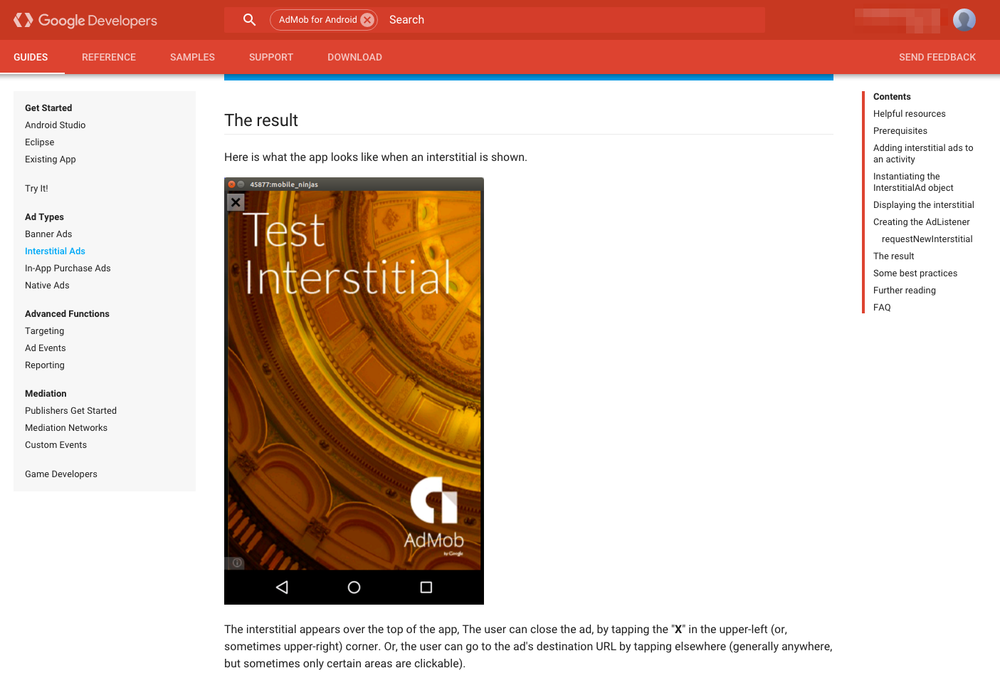
Having ads above the fold on your website results in a poor user experience – again, something that Google penalizes.
Outdated websites not only handcuff you when it’s time to make new site improvements to boost rankings.
If they incorporate old technologies like Flash, you’re in trouble.
That’s because some of these legacy technologies, but in addition to javascript and even images on your website, can’t be read or deciphered by Google. Any content is now obfuscated.
Instead simplicity should be key, with an emphasis on good old fashioned text links or
If in doubt, use a tool like Moz Toolbar to view your site like a search engine and see if any important content or data is not displaying properly.

Most people are aware that buying links is a manipulative practice. Fortunately, it’s dying out.
However excessive link swapping, also known as reciprocal linking, is also frowned upon.
Link building will boost your SEO. Link building or excessive link exchanging, on the other hand, will not. Links from authority websites are what you’re looking for – and those can’t be bought (or exchanged) in sketchy forums or with some of your buddies.
Believe it or not, this also includes excessive low quality links, like directories. Once again, a classic old school manipulative move can come back to haunt you.
Contrary to popular opinion, SEO is a fairly straightforward concept.
Properly implementing it might be technically challenging, but the key is to understand that your ultimate goal includes making a website that is:
If your website is a high-quality resource for prospective renters, that is continually monitored and improved, you should have no problems at all.
And best of all, there’s no tricks or gimmicks needed. Just some good old fashioned marketing.
Did we miss any? Let us know in the comments below!
These Stories on SEO

San Diego, CA
600 B St.
San Diego, CA 92101

Austin, TX
600 Congress Ave.
Austin TX 78701

Washington, DC
1875 Connecticut Ave NW
Washington, DC 20009
Copyright © 2024 AM Digital, LLC Terms of Service Privacy Policy
Street Address
City, ST 00000
Call us: 1-800-COMPANY
(800-000-0000)